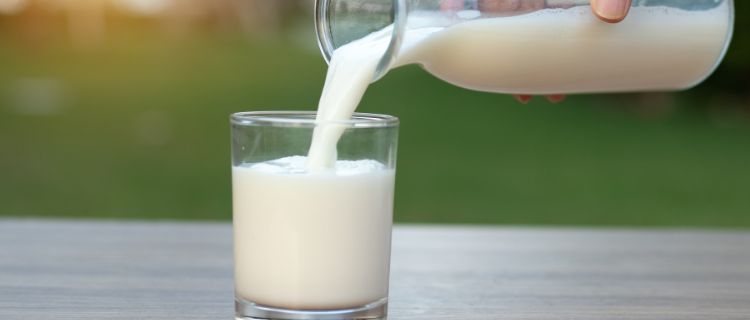If you ask me, I am always in the mood for a bowl of mac ‘n cheese. But if you want substitutes for milk in mac and cheese, I have got you covered with 15 options to choose from!
If you’re cooking for someone lactose intolerant or just looking for dairy-free substitutes, this list covers everything you will ever need to know.
Outline
15 Best Substitutes for Milk in Mac and Cheese
1. Cream Cheese
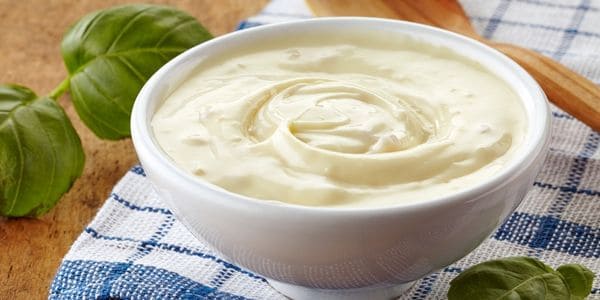
Starting off with arguably the best substitute for milk in mac and cheese, cream cheese will more than just emulate the texture of milk.
Cream cheese will help thicken your macaroni and cheese without altering the flavor. The consistency of cream cheese is noticeably thicker than milk owing to its high-fat content. This means you can possibly forego adding butter to your mac and cheese.
You also have the option to use a flavored variant to add a subtle burst of flavor. For an easier time making the sauce, you can melt or soften up the cream cheese before adding it.
How to Substitute:
1 cup of cream cheese can substitute 1 cup of regular milk in mac and cheese.
2. Goat Milk

Goat milk has been the first option for several people looking for alternative options for animal-based milk products.
Goat milk is similar in taste to regular cow’s milk, although some people claim the former has a tangier aftertaste. Goat’s milk is also known to be much easier to digest when compared to regular milk. This is because it contains much less lactose. However, this means people with lactose intolerance can’t opt for this substitute.
You might even find goat milk to be a lot creamier than regular milk, with many people choosing this over the latter entirely.
How to Substitute:
Goat milk can substitute regular milk in a 1:1 ratio.
3. Yogurt
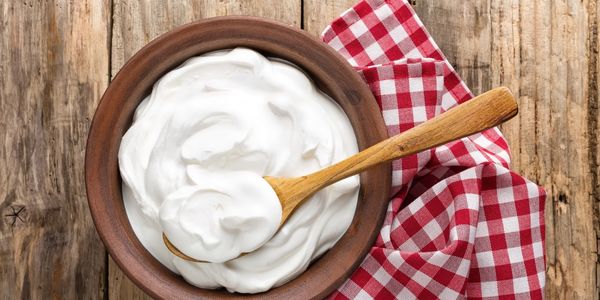
Greek yogurt or regular yogurt is an effective substitution for milk in mac and cheese, with some even preferring the former over the latter.
Using unsweetened yogurt will give you a thicker and creamier mac and cheese sauce. Especially when you use Greek yogurt, you get a creamy consistency owing to its high protein content. Unlike regular milk, yogurt has a tangy aftertaste which can add a layer of complexity to your otherwise normal recipe.
Be careful while using yogurt, as adding it at once to a high flame will cause it to split. When you’re using yogurt in mac and cheese, add it gradually to a slow flame.
How to Substitute:
1 cup of yogurt can substitute 1 cup of regular milk.
4. Heavy Cream
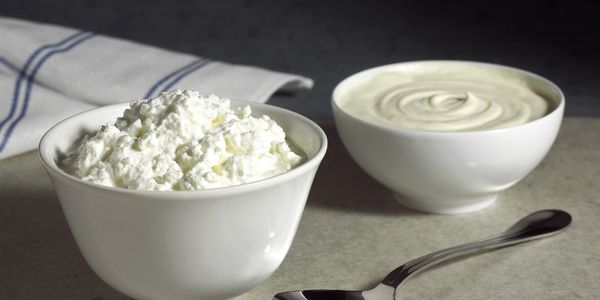
Much like other alternatives on this list, heavy cream (or whipping cream) is certainly a viable option to regular milk in mac and cheese, and it even gives you a thicker and creamier sauce.
This texture is achieved because heavy cream has a higher fat content than regular milk. You get a richer-tasting cheese sauce. It goes without saying that you need a lesser amount of heavy cream than milk. You can choose to gradually mix heavy cream into the sauce till you achieve your desired consistency, or dilute it with water.
Given its higher fat content, you might not even need butter in your recipe.
How to Substitute:
3/4 cup of heavy cream can substitute 1 cup of regular milk. Add 1/4 cup of water to dilute heavy cream.
5. Chicken Broth/Stock

If you’re looking to cut out dairy entirely, chicken broth is the substitute that would suit you the best. Unlike the other options on this list, chicken broth will add a distinct tang.
Using chicken broth will result in a thinner sauce. You can add the broth gradually according to your preference so that you don’t end up with a watery sauce. Alternatively, you can add some extra shredded cheese like parmesan to thicken the dish up.
For a completely vegan replacement, you can use vegetable broth instead. It will work to make a creamy sauce in a pinch.
How to Substitute:
Chicken broth can replace regular milk in a 1:1 ratio.
6. Roux

Roux has been used universally to use as a thickener for sauces and soups. This means you can use it for your cheese sauce as well. Several mac and cheese recipes use the roux as a starting component already, making the addition of milk unnecessary.
Roux is just equal parts flour and butter. Stir this for a couple of minutes on low flame till the taste and aroma of flour goes away. You can proceed to add your cheese and seasonings to this roux to make your sauce. Using roux leads to a less rich mac and cheese when you add just butter, which can be something you would want to achieve.
How to Substitute:
1 cup of roux (equal parts flour and butter) can substitute 1 cup of milk.
7. Butter
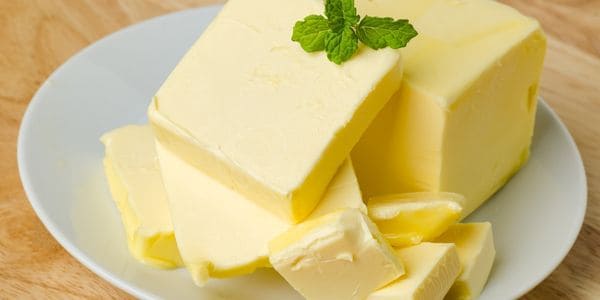
Butter might be the obvious first choice for people looking to replace milk in sauces universally. Several out-of-the-box mac and cheese products like Kraft call for both milk and butter. To substitute milk entirely, you can simply add extra butter (almost double) with a little bit of water.
Although butter isn’t nutritious when used in excess and is less cheesy, it is a great alternative when you need a substitute for milk in a pinch. To properly use butter, you need to make a roux to which you add cheese, enough water to thin down the sauce slightly, then add butter.
How to Substitute:
Butter substitutes regular milk in a 1:2 ratio.
8. Pasta Water
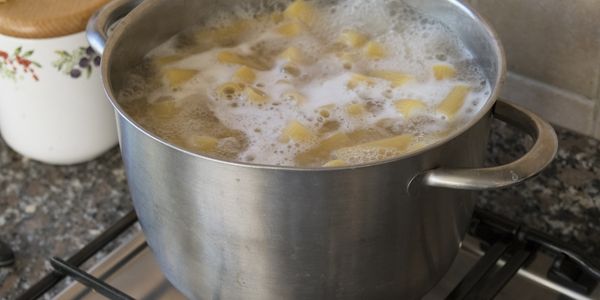
Believe it or not, you shouldn’t drain out and throw away all the water you use for boiling pasta! After all, it is called “liquid gold” by several chefs for a reason.
Pasta water has a high amount of starch, which aside from being a great thickener, is a component that helps makes a more cohesive sauce. The appearance might look a little unappetizing, with a cloudy and slightly gray appearance, but you need just a little of it to take your mac and cheese to the next level.
Whether it be boxed mac and cheese or something you make from scratch, always remember to keep some of the pasta water as a reserve.
How to Substitute:
Pasta water can substitute regular milk in a 1:1 ratio. Add more pasta water according to your preference.
9. Almond Milk
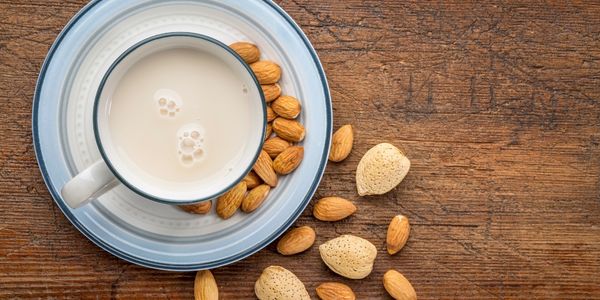
If you’re accustomed to making recipes with dairy alternatives, almond milk has to be a staple in your diet. And if you thought you could use it for mac and cheese too, you’d be correct!
Like most plant-based milk, almond milk has a mild nutty flavor. But it should be masked under all the seasonings you’d use. All you need to do is use the unsweetened variant. Alternatively, you can get the sweetened ones if you want to emulate the mild sweetness you find in milk.
Almond milk yields a thinner cheese sauce. Thus, remember to add more roux or cheese to thicken up the sauce. You can also use a food-grade thickener.
How to Substitute:
1 cup of almond milk can substitute 1 cup of regular milk in mac and cheese.
10. Hemp Seed Milk
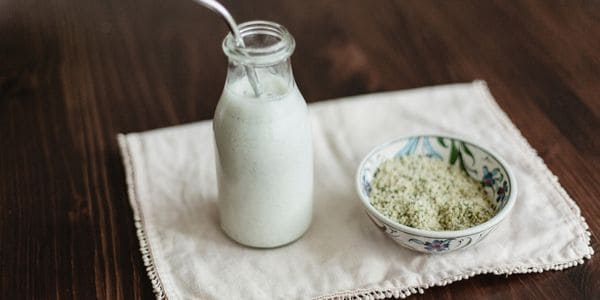
Coming to a more nutritious plant-based substitute, hemp seed milk is growing in popularity worldwide. And this extends to mac and cheese as well.
Similar to almond milk, hemp seed milk has a nutty and earthy flavor profile. However, it is thicker and creamier than most plant-based milk products. You’ll end up with a rich and creamy sauce when you make your cheese sauce with this. Hemp seed milk is packed with protein and has healthy fats in the same amount as regular milk.
When using hemp seed milk, remember to use lesser roux than you would with regular milk. As always, you can also choose to thin down the sauce with a bit of water.
How to Substitute:
Hemp seed milk can substitute regular milk in a 1:1 ratio.
11. Soy Milk
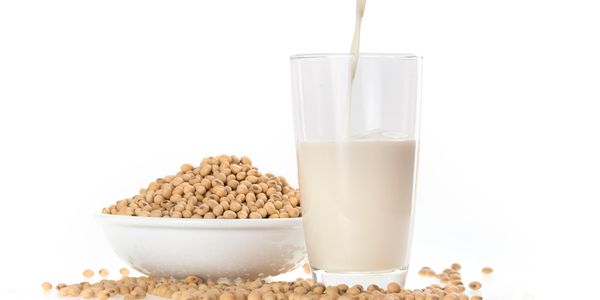
As one of the first-ever dairy alternatives, soy milk is an obvious choice when it comes to substitutes for regular milk.
Soy milk is slightly sweeter than regular milk. So naturally, it adds this hint of sweetness to your cheese sauce. Some people prefer this addition, but you can easily subdue this with a careful balancing of other flavors. It goes without saying, that avoid the flavored variants. Flavors like vanilla can completely overpower the flavor profile of your mac and cheese.
In terms of consistency, soy milk is almost as thick as regular milk because of the added thickeners. This means you’ll have an equally thick mac and cheese as you would have if you used regular cow’s milk.
How to Substitute:
1 cup of soy milk can substitute 1 cup of regular milk.
12. Coconut Milk/Cream
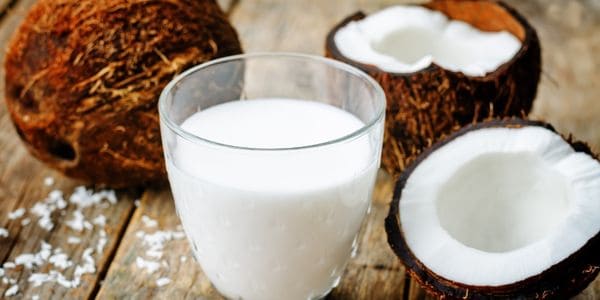
A staple ingredient in many tropical dishes, coconut milk or coconut cream is a readily available alternative to regular milk.
Coconut milk has a higher fat content than regular milk. Thus, you’ll have a thicker cheese sauce when you use coconut milk. Coconut cream makes an even creamier sauce than coconut milk. The canned full-fat variety is a lot thicker than the bottled ones.
Coconut has a very distinct flavor and aroma. While this might change the final flavor profile, it is definitely a new experience for some. If you don’t like the mild change in flavor, you can dilute coconut milk with water or use strong aromatics like garlic.
How to Substitute:
Coconut milk/cream can substitute for regular milk in a 1:1 ratio.
13. Rice Milk
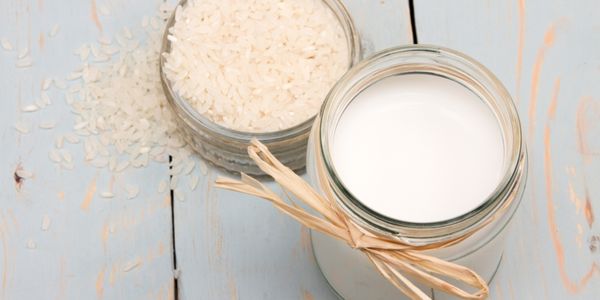
Rice milk might not be the first thing that comes to mind when looking for dairy replacements, but it is uncannily similar in taste to regular milk!
Made from milled rice and water, rice milk is a viable alternative when you don’t want to stray too far from the original flavor of mac and cheese. However, the major difference between rice milk and regular milk is its texture. Rice milk is thinner, thus giving a more runny cheese sauce.
Like always, you can correct this by using additional thickeners such as roux or cheese.
How to Substitute:
1 cup of rice milk can substitute 1 cup of regular milk.
14. Oat Milk
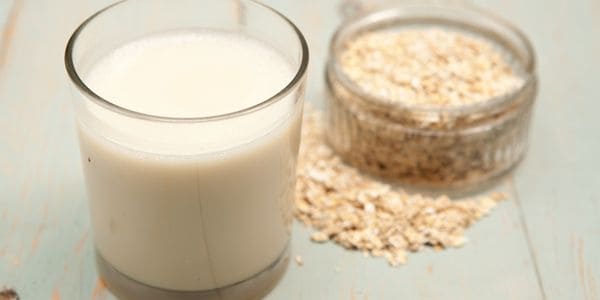
Oat milk is a rather common pick for many people looking for dairy alternatives. People prefer it not only for its taste but also because it has proved to be much more filling and nutritious than regular milk.
Unlike most plant-milk products, oat milk lacks the earthy aftertaste. Although it is slightly sweeter than milk, which can be corrected easily if you wanted to. Your best bet is to get the unsweetened variety.
In terms of texture, you’ll get the same level of thickness from oat milk as you would get with regular milk.
How to Substitute:
1 cup of oat milk can substitute 1 cup of regular milk.
15. Evaporated/Powdered Milk
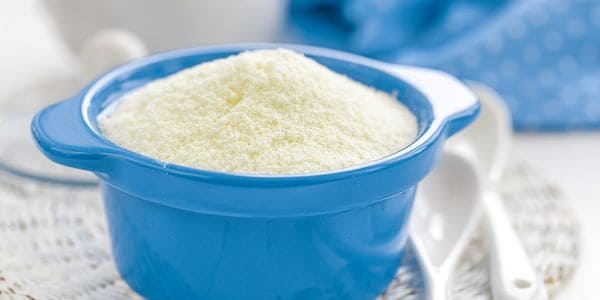
Coming to perhaps the most obvious substitutes for regular milk in mac and cheese, we have evaporated and powdered milk.
Powdered milk has always been a no-brainer when it comes to replacing regular milk. Just add water according to the instructions and blend it with the roux to make the cheese sauce. Powdered milk has a far greater shelf-life, and makes a thicker cheese sauce. If you find its taste to be a little too sweet, you can use salt and other aromatics to balance it out.
Evaporated milk can be used in place of regular milk, as long as you dilute it with water. It produces an even creamier cheese sauce when compared to powdered milk. Though it has a sweeter flavor, you can balance it out just like powdered milk.
How to Substitute:
Both evaporated milk and powdered milk (with water) can substitute for regular milk in a 1:1 ratio.
Conclusion
Mac and cheese is a classic recipe that offers loads of ways to experiment according to your preference. This comfort food can be enjoyed in any weather, and definitely makes a positive impact on your day.
So the next time you don’t find milk in your pantry to make your personalized mac and cheese, simply choose from these substitutes for milk in mac and cheese and enjoy a delicious meal!



